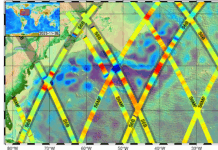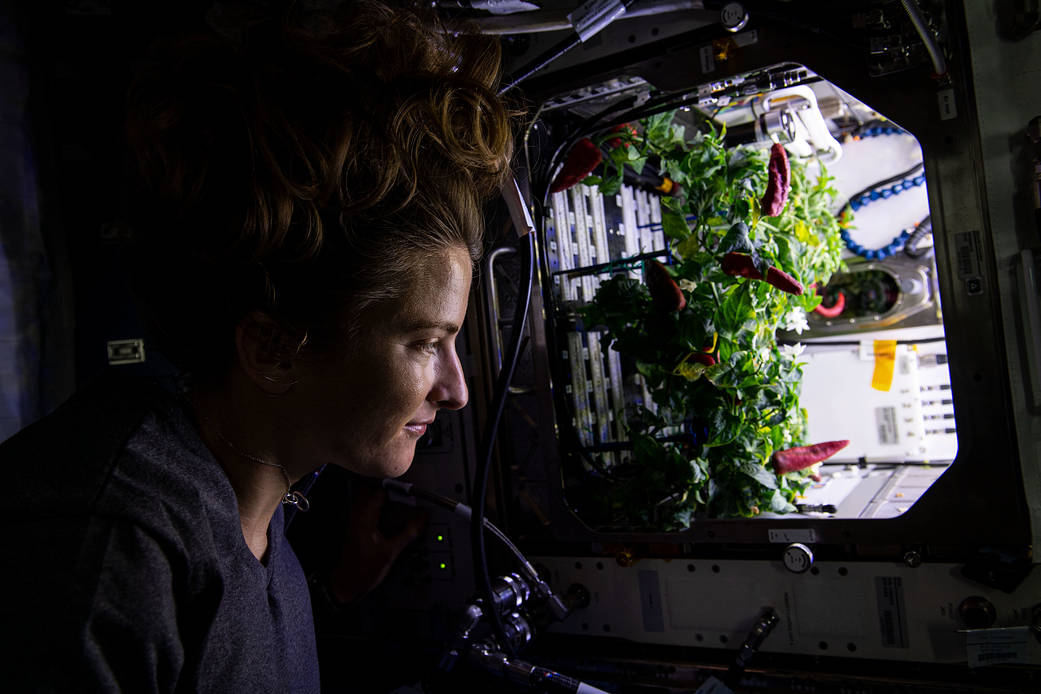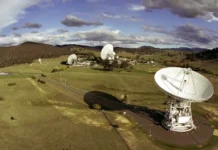As NASA gears up for ambitious missions to the Moon and Mars, one of the critical challenges it faces is ensuring that astronauts have access to nutritious and sustainable food sources. Transporting enough food to last for months or even years is not feasible due to space constraints and the degradation of food quality over time. One promising solution to this problem is cultivating plants in space, which not only provides fresh food but also offers psychological benefits to crew members. Furthermore, plants play a crucial role in life support systems by generating oxygen and reducing carbon dioxide levels.
Currently, there is an ongoing investigation known as Plant Habitat-07, which examines how plants and their associated microorganisms respond to varying levels of water. This study focuses on ‘Outredgeous’ red romaine lettuce, a crop that has previously shown successful growth on the International Space Station (ISS). The findings from this research could pave the way for cultivating healthy crops under different water conditions, both in space and on Earth.
Numerous studies have been conducted on the ISS to explore various crops and methods for nurturing them in a space environment. Researchers have successfully grown a diverse range of plants, including lettuce, Chinese cabbage, mustard greens, kale, tomatoes, radishes, and chile peppers. Below are some insights derived from earlier plant research conducted in space.
The Veg-04A and Veg-04B investigations explored the impact of light quality and fertilizers on plant growth in space. Researchers discovered that the choice of light spectrum (red versus blue) and fertilizer type can significantly influence both the yield and nutritional content of leafy greens. This knowledge is critical for designing future plant growth facilities in space.
Another study, APEX-04, delved into the molecular changes in thale cress seedlings. Researchers identified variations in the expression of specific genes within the plants’ root systems, including two genes previously unknown to affect root development. This discovery could lead to genetic modifications that enhance plant growth on long-duration space missions.
Plant Signaling, a collaborative investigation between NASA and the European Space Agency (ESA), examined how different gravity levels affect plant seedlings. Meanwhile, the Plant RNA Regulation study compared gene expression related to root and shoot development in microgravity and simulated Earth’s gravity (1 g). Both studies utilized the European Modular Cultivation System, a centrifuge that creates Earth-like gravity in space, enabling the examination of partial gravity effects. The results indicated changes in gene expression, such as increased expression of genes involved in light response and decreased expression of genes related to defense response. These findings are instrumental in informing the design of space-based plant growth facilities.
Auxins are plant hormones that influence processes like root growth. Gravity affects the concentration and movement of these hormones within a plant. The Auxin Transport investigation, conducted by the Japan Aerospace Exploration Agency (JAXA), explored how auxins control the growth of pea and maize seedlings in microgravity. Researchers found that microgravity led to a decrease in hormones responsible for growth direction in pea seedlings while increasing the same hormones in maize seedlings. Understanding how microgravity influences plant hormonal pathways is vital for improving the design of space-based plant cultivation systems.
Plant development on Earth is heavily influenced by gravity, though the molecular mechanisms behind this influence are not entirely understood. The APEX-03-1 investigation studied the effects of microgravity on plant development and, along with previous studies, revealed that spaceflight induces changes in the development of cell walls in plant roots. Robust cell walls are essential for providing the mechanical strength required for root growth, and these findings offer valuable insights into developing plants that are well-suited to space conditions.
Another JAXA investigation, Resist Tubule, examined the mechanisms of gravity resistance in plants. Researchers discovered that thale cress plants grown in microgravity exhibited reduced levels of sterols, which are compounds involved in various cellular processes. This reduction could hinder plant growth, but these insights may help scientists genetically engineer plants that thrive better in microgravity environments.
As NASA continues to explore the potential of growing plants in space, the lessons learned from these investigations will be crucial for future space missions. Not only do these studies advance our understanding of plant biology under unique conditions, but they also offer promising solutions for sustainable food production both in space and on Earth.
For more detailed information about NASA’s space plant investigations, visit the official NASA website.
For more Information, Refer to this article.


































